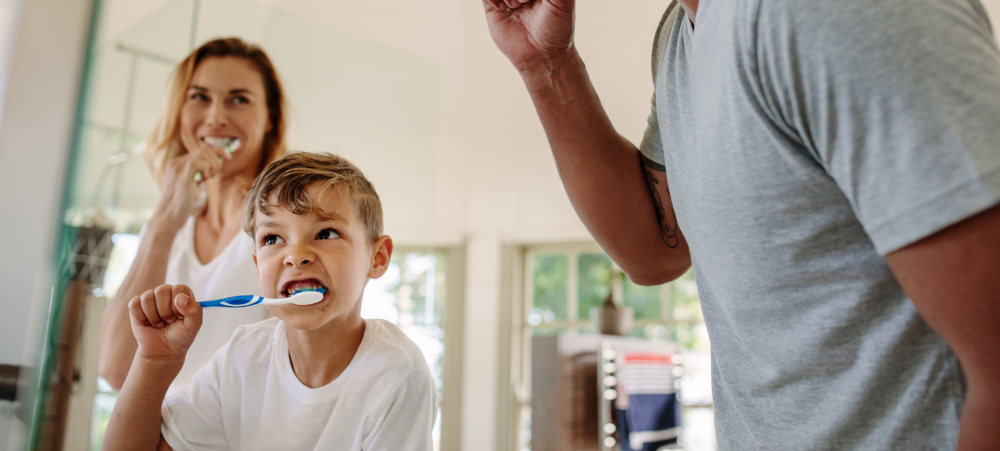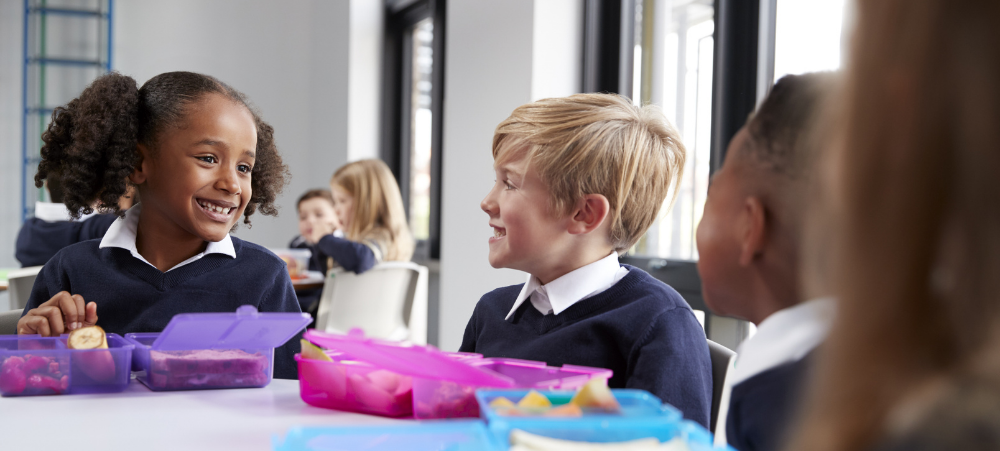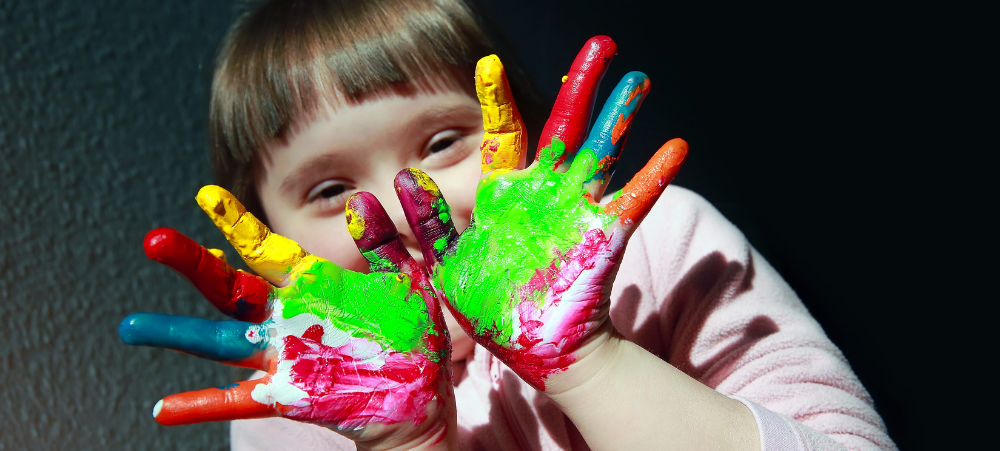The start of a school year is always a nerve-wracking and exciting time for both kids and parents – whether your child is off to daycare or big kid school. Parents always want to make sure they set up their children for success and to show up as the best versions of themselves, and while this includes making sure your little one is fully kitted with the required uniform, stationery and lunchbox – sending your child back to school with a healthy and confident smile is also a vital part of that checklist.
As you get ready to entrench your family into the school routine – making sure oral health is prioritised will be essential to ensuring they have a successful school year. As our little one’s teeth are developing, taking care of them is critical not only for preventing things like decay and gum disease, amongst other things, but healthy teeth and gums also contribute to overall well-being.
Plaque buildup eventually leads to cavities, gingivitis or severe gum disease that puts teeth and gums at risk – and even other parts of the body. Developing good dental habits from a young age can help prevent dental problems in the future. In fact, good oral health habits can, in the long run, lead to saving on doctor/dentist visits and missed school days.
Oral health must be prioritised as early as the age of 2 and should change as the teeth do. So, we challenge parents to take their children’s oral health seriously as they start new habits and routines. What’s also crucial is knowing which phase your child is in when it comes to brushing their teeth. We like to break this up into 4 phases, which entail the below:
- Phase 1: Dependent cleaning – prioritise as early as when your child has their first tooth. This is where mom or dad takes control of their child’s oral hygiene.
- Phase 2: Supported brushing – from two-and-a-half years old. Your child is beginning to show some independence and do things on their own, which includes wanting to brush their own teeth. It’s important to
- Use a pea-sized amount of kids toothpaste. Adult toothpaste might burn too much.
- Choose a soft, dense bristle kids toothbrush – adult toothbrushes are too large for a child’s small mouth.
- Start brushing all the tooth surfaces, doing large circles over the tooth and gums (about eight counts per tooth)
- Brush the chewing surfaces using a scrubbing method
- A plaque-disclosing tablet can show your child where to brush and where plaque is present. They can easily see the plaque and brush on these surfaces
- Parents should also brush after the child has brushed their teeth to ensure hard-to-reach areas are not missed.
- Phase 3: Supervised brushing – from nine years old. Regularly checking on them and motivating and supporting them with their oral health is encouraged. This not only lets them know that they are doing the right thing, which will keep them motivated to keep brushing every day, but it will give you the chance to spot any technique that needs to be fixed early on.
- Phase 4: Independent brushing – young adults. They’re responsible for brushing their teeth and looking after their oral health. This is when you know that your guidance has paid off, and they can keep up with the routine on their own.
As parents, we are responsible for ensuring we give our children the best life and opportunities possible. Gifting them a healthy smile, which contributes to their confidence and overall well-being, is certainly one that cannot be overlooked.
Written by: Richard Meyer, GM at Curaprox
We understand that there are many aspects that encompass a Mother, Father or Child and strive toward providing resources and services that accommodates this.
Our content is aimed to inform and educate families on issues starting from pregnancy through to the challenges of the teen-age years.
- Say Hello to the Ultimate Holiday Brunch Bite - December 17, 2025
- Tiny Toons Looniversity Returns: Meet the Voice Behind Plucky and Hamton! - December 12, 2025
- From Pain to Possibility: Panado®’s New Marketing Campaign, Highlights The Joy Of Pain Relief - December 10, 2025





